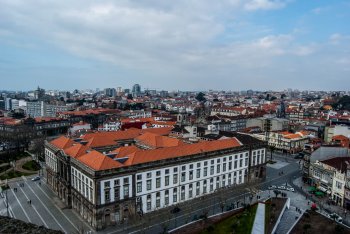Explore the best places
Heritage in Portugal
Igreja dos Terceiros de São Francisco
- heritage
Rua do Infante Dom Henrique
4050-296, Porto
This church is party-wall with the São Francisco’s and reveals a marked Italian influence. Built between 1634 and 1805 it has, on its single nave inside, some works of relevance, namely, the Triumphal Arch, panels by Vieira Portuense and Teixeira Barreto, the woodcarving and the sacristy stucco, whose ceiling was painted by Custódio Teixeira.
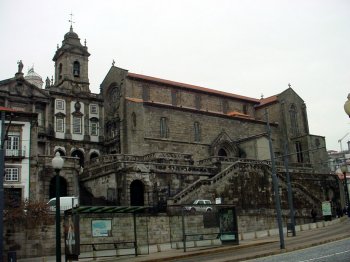
Igreja de São Nicolau
- heritage
Rua do Infante Dom Henrique, 93
4050-298, Porto
The origin church was destroyed by a fire in 1758, and was rebuilt in a mystical classic and baroque style. Inside the temple there’s an image of Santo Elói, the goldsmiths’ patron saint.
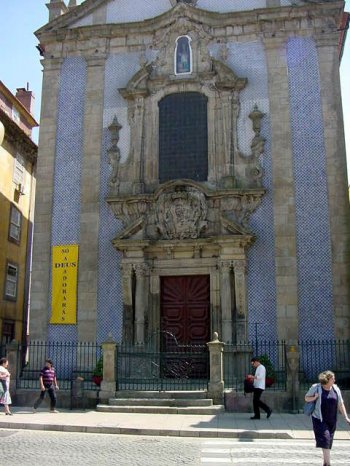
Igreja de São João Novo
- heritage
Largo de São João Novo, 2
4050-066, Porto
At the place where it was built, there used to be the São João de Belmonte Chapel. The façade of the São João Novo Church is an almost faithful copy of the Grilos Church. Inside, the classical-roman motifs predominate, such as the impressive baroque wood carving retables, from the XVII century and the azulejos panels.

Igreja de São Francisco
- heritage
Rua do Infante Dom Henrique
4050-297, Porto
Built between 1383 and 1410, it is a reference of the Gothic monumentality of the city, with an emphasis on the Romanesque portal with three arched gateways, the rosette symbolizing the Rosa Fortunae, the windows of the Manueline period and the three naves where the interior is divided, covered with gilded carving from the 17th and 18th centuries. It belonged to the Convent of the Observant Franciscans. The interior, of three naves, is highlighted by the 17th / 18th centuries carvings, frescoes and board in the main chapel, transept and sixteenth-century tombs.
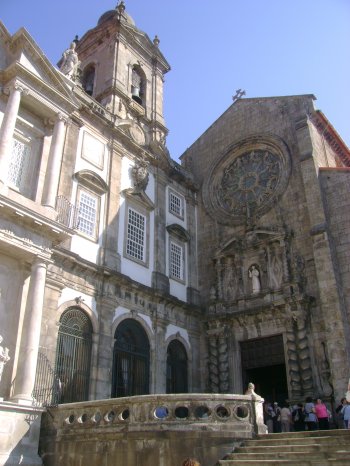
Igreja da Trindade
- heritage
Rua da Trindade, 115
4000-220, Porto
Planned by the architect Carlos Amarante, this church was built along the XIX century, by initiative of the Ordem da Trindade, at the Largo do Laranjal. The façade is classical and the walls are filled with neo classical retables. It stands out, in the principal chapel, a big panel representing the Baptism of Christ, by the painter José de Brito. The religious order also has several painting works, such as the Resende’s portraits and several copies of Italian painters, such as Rafael, Ticiano and Caravaggio.
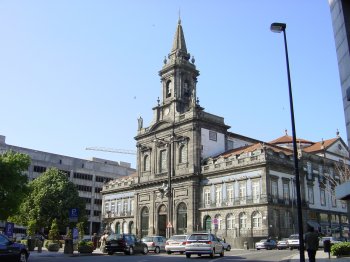
Casa onde residiu Alexandre Herculano
- heritage
Travessa de São Sebastião, 65
4050-568, Porto
A typical house in the city, have been one of the residences of Alexandre Herculano.

Igreja de Nossa Senhora da Conceição
- heritage
Praça do Marquês de Pombal, 4050
4000-391, Porto
Revivalist neo-Gothic church, with a longitudinal drawing and three naves, being the main façade flanked by two asymmetrical towers. You can see a great influence of the gothic style, at the pointed arches and the constant presence of glass windows. The buttresses with the Santo António, São João de Deus, Beato Nuno Álvares Pereira and São João de Brito sculptures on top stand out, as well as the fine ornament on the arches and the friezes on the columns, examples of the Arab and Byzantine arts.
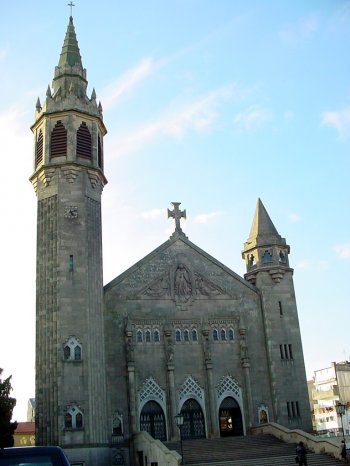
Igreja do Bonfim
- heritage
Rua do Bonfim, 72 - Alameda Claúdio Carneiro
4300-141, Porto
The Bonfim church, built in the XIX century, was planned by the architect José Geraldo da Silva Sardinha. The frontispiece is majestic, although the decoration is quite simple, as it also is on the inside. The main chapel has an arched roof ornamented with stucco.
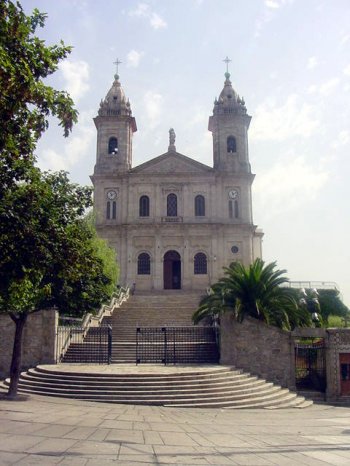
Igreja Românica de Cedofeita - Igreja de São Martinho de Cedofeita
- heritage
Largo do Priorado, 72
4050-466, Porto
The tradition refers the existence, in this place, of a monastery founded in the VI century. From this one the only remains left were two capitals from the Christian Re-conquest. After a first repair, made in 1087, which kept the principal chapel and some arcades, the church was greatly altered in 1930.
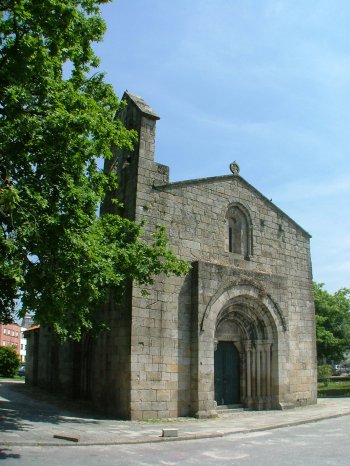
Universidade do Porto
- heritage
Praça de Gomes Teixeira
4099-002, Porto
This building was first the Real Academia da Marinha do Comércio, (Navy and Commerce Royal Academy), then the Academia Politécnica (Polytechnic Academy) that later became the Sciences Faculty. Its construction began before the first French invasion and finished in the XIX century, at the same spot where a former XVII century used to be: the Graça Church, annex to the Recolhimento dos Orfãos, founded in 1651 by the father Baltasar Guedes. The temple still existed during the city siege and, at that time, abandoned, it became a blood hospital. In the middle of the last century, it was demolished to …
